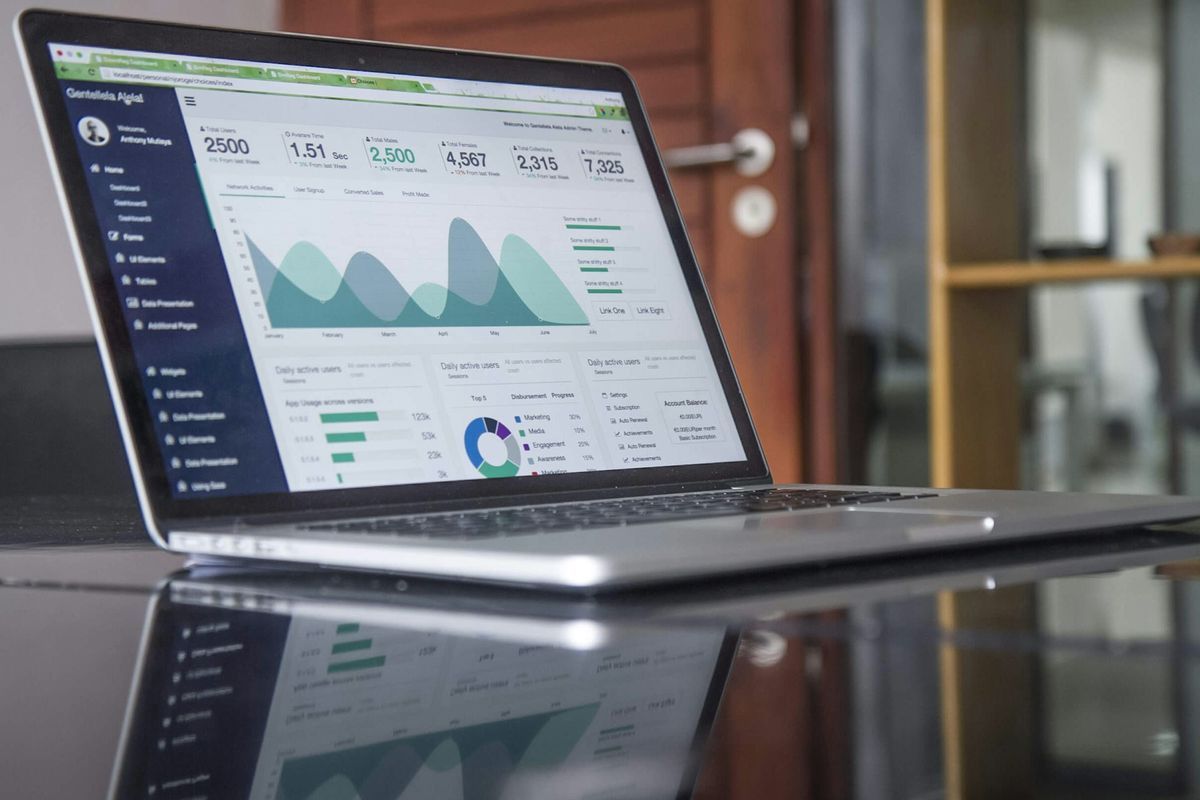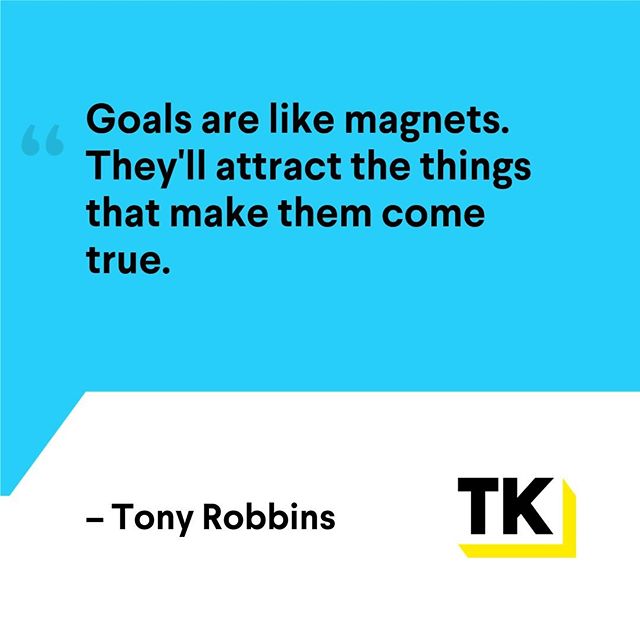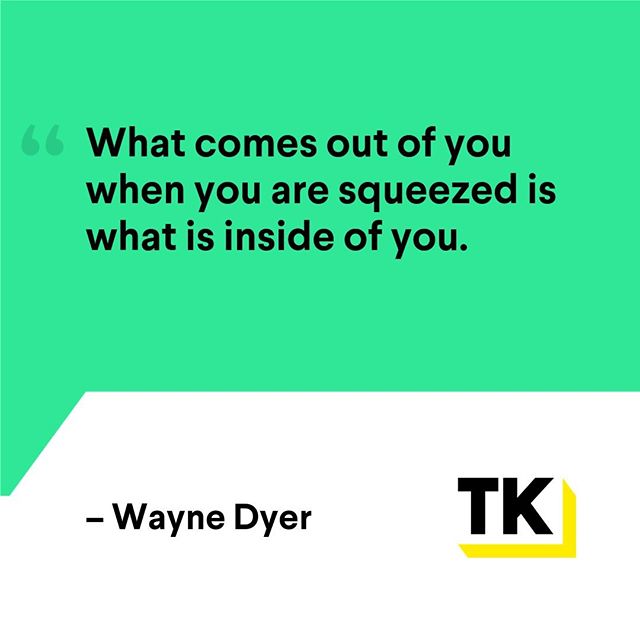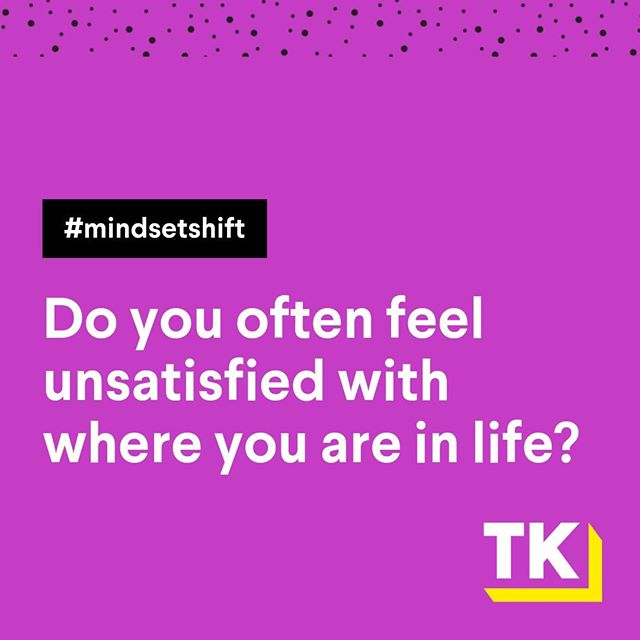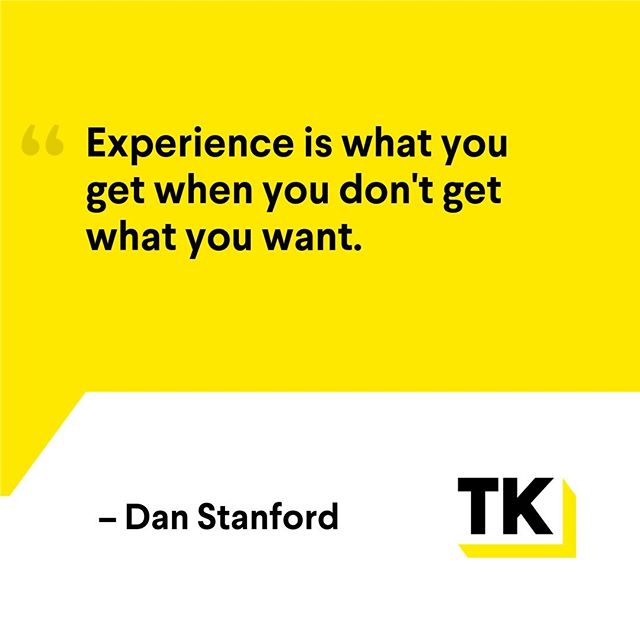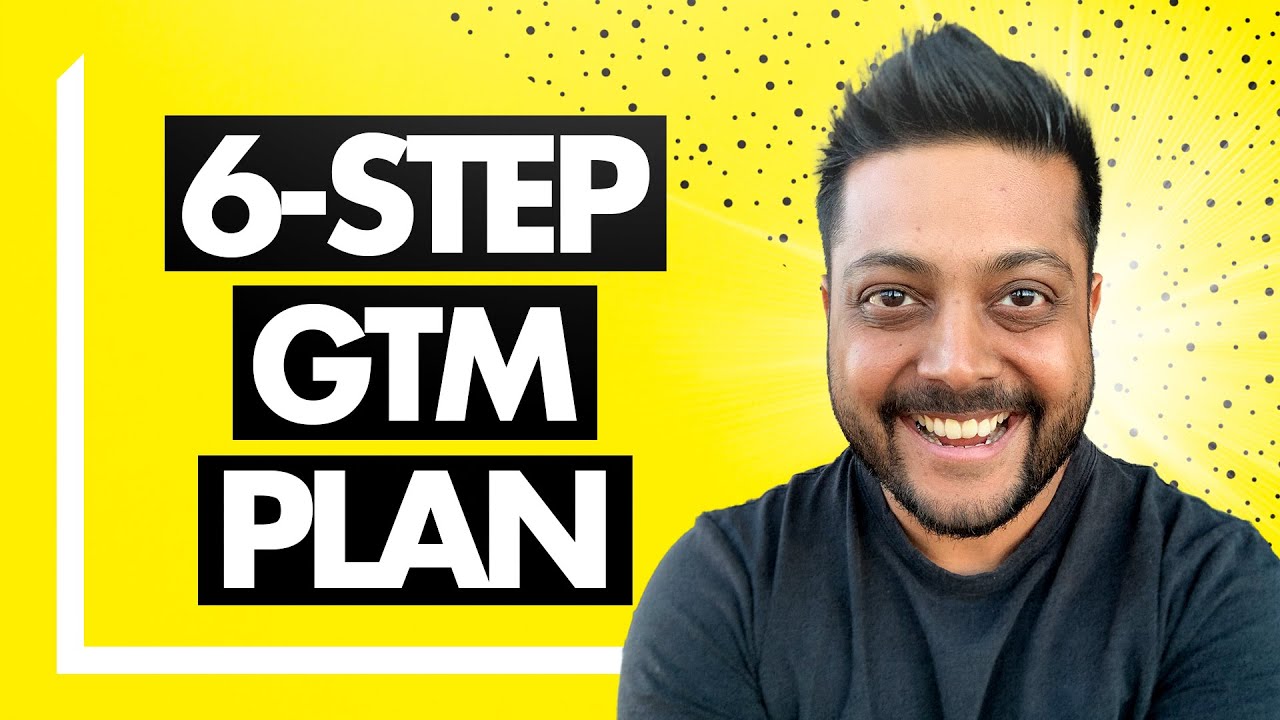SaaS pricing models and strategies are a black art, especially when it comes to B2B SaaS businesses. There’s a lot that comes to pricing B2B SaaS solutions: net dollar retention, competitive landscape, different market segments, and more. Even as someone who has been in the SaaS industry for over 15+ years, I think putting your SaaS pricing strategy together gets way too complicated.
In my own journey through scaling SaaS companies, I’ve learned two important lessons about pricing:
- We completely undercharge our products.
- When undercharging our product, customers tend to undervalue it.
In this blog, we’ll look at several different SaaS pricing models and strategies so you can find one that best suits your B2B SaaS business needs. I’ll walk you through various techniques so that your SaaS pricing strategy is profitable and scalable as your business grows.
What is SaaS Pricing?
Software-as-a-Service (SaaS) pricing is the strategic approach a SaaS company will charge for their cloud-based software solution. Typically, SaaS pricing operates on a subscription based model. Customers pay a recurring fee, monthly or annually, to access and use the software solution. There are various SaaS pricing models and strategies available that allow customers to choose the best pricing package that suits their needs and budget. Throughout this article, I will be discussing SaaS pricing models suited for Business-to-Business (B2B) companies.
Why SaaS Pricing is Important
Having the right SaaS pricing is essential for SaaS companies to succeed. Pricing your product impacts a lot more than you think. It impacts your ideal customer profile, the economics of your business, your win rate, churn, and even the competitive dynamics of your SaaS business.
The right SaaS pricing model ensures that your company covers its operational costs and achieves profitability. It also allows you to lay the foundation for sustainable growth and market dominance.
The way you price your product has a massive influence on customer acquisition and retention. If you go too low, your SaaS solution may become less valuable to them. Pricing your product correctly can attract the right ICP, convert prospects into loyal users, and foster long-term relationships built on trust and value.
SaaS Pricing Models
The SaaS pricing model you choose should align with your product’s value, customer expectations, and assurance of cost effectiveness. It should also cater towards your target market’s needs, budget constraints, and growth potential. Here is a breakdown of some of the most common SaaS pricing models:
Tiered Pricing
The tiered pricing model is a widely utilized SaaS pricing template that offers customers multiple pricing plans or tiers. Each tier has varying features, capabilities, and price points. The tiers should represent a different level of service, catering to a range of user needs and budgets.
Customers can select the tier that aligns closely with their current stage of growth and requirements. This allows for scalability for both you and your customers as their needs evolve over time. This SaaS pricing model is highly effective at attracting a diverse customer base, from small businesses seeking essential functionalities to larger enterprises demanding advanced features. It provides flexibility for customers but also enables you as a SaaS provider to maximize revenue.
You should tailor your tiered pricing model to your ideal customer profile and the journey they go through when using your SaaS product. I recommend creating 3 tiers based on major inflection points of their journey: Beginner, Intermediate, Professional or Advanced. Having 3 tiers ensures that they continue to use your SaaS product as they unlock more and more pieces of your software. This model works great for customer retention. Here you encourage users to upgrade to higher tiers as their usage and reliance on your software grows.
Per-User Pricing
This SaaS pricing model charges customers based on the number of users who access and utilize the software platform. Each individual user, whether it’s an employee, collaborator, or customer, represents a unit of payment. This SaaS pricing model is typically geared towards SaaS companies targeting larger businesses. The larger the business, the larger the department your ideal customer’s role is in. The more people within that department, the more seats or users they will have to add to their plan.
The Per-User pricing model is particularly attractive for its transparency and scalability. It allows businesses to pay only for the amount of users they need. They can easily adjust their expenses as their organization grows and shrinks. It’s a widely adopted model in various SaaS markets including those selling project management tools, CRM softwares, and collaboration platforms. This helps you offer a clear and predictable cost structure that aligns with user demand while ensuring flexibility for businesses of all sizes you are targeting.
Per-Usage or Per-Result Pricing
Per-usage or per-result is a dynamic SaaS pricing model that charges customers based on their actual usage or the results achieved through the software solution. Unlike fixed subscription-based models, this approach offers a more granular pay-as-you-go structure.
The more they use the software, the more they pay. The more results they get from the software, the more they pay. You bill your customers according to the volume of actions, transactions, data processes, or outcomes generated by your SaaS solution.
This SaaS pricing model is particularly advantageous for businesses with fluctuating workloads or unpredictable usage patterns. It provides cost flexibility and ensures that users only pay for the value they derive from your SaaS application.
Per-Feature Pricing
This SaaS pricing model bills customers based on the specific features or functionalities they would like to use within your software platform. Rather than paying for a predefined bundle of features within a tiered structure, users have the flexibility to pick and choose the capabilities they need and are charged accordingly.
Customers can tailor their experience to match their unique requirements and budget constraints precisely. It can be attractive to businesses with niche needs or looking to avoid paying for features they wouldn’t use. On the other hand, this model can be complex to manage pricing structure maintenance, and your customers could struggle budgeting effectively.
Flat Rate Pricing
This is a straightforward and simplified approach. Customers are charged a fixed, unchanging fee for unlimited access to all features and functionalities of your SaaS platform. Unlike tiered or per-feature models, the flat rate model offer predictability and ease of budgeting. Users do not have to worry about variable costs based on usage or features.
However, flat rate pricing is not a scalable SaaS pricing model. It lacks growth opportunities for both you and your customers.
SaaS Pricing Strategies for Growth
There are several different pricing strategies and tactics that can be added onto the SaaS pricing model you have chosen to use. Having a strong strategy can elevate your SaaS pricing model to the next level and continue growth for your company by creating value for your product. Here I’ll walk you through some strategies and tactics I have learned that can entice prospects and foster your customer journey. These strategies also become helpful as your business grows and you’re ready to increase the prices for your elevated software solution.
20% Rule
When it came to the pricing strategy for my last SaaS business, we made a lot of changes. We consistently increased prices, but there was one thing we did that completely transformed the fundamental structure of our business. We switched our SaaS pricing model from charging on a monthly basis to charging for the year upfront. That’s when we started implementing the 20% rule.
The 20% rule is when you offer your customers a 20% discount if they pay for 1-year upfront, deterring them from the undiscounted monthly plan. This is beneficial for both sides. For the customer, it gives them an option to pay month to month, but if they have confidence in your platform and are all in, they can pay cheaper for the year upfront.
When we implemented this 20% rule, people started to pay us that full amount upfront. Cashflow went up because we had locked them in for a year. Churn went down and we were able to keep our customers longer. With this improved SaaS pricing model, you have cash to redeploy and invest instead of waiting for a monthly revenue stream. Which leads to our next strategy.
Investing in Customer Success
Once we had revenue, we started to invest the cash into customer success. We put more money into hiring customer success roles so that we could take better care of our customers. Our customers signed on for a year, and we wanted to make sure we properly onboarded them so they can successfully use our SaaS product efficiently. When we fostered our customers and made sure they were successful using our product, churn went down, retention went up, DRR increased, and we started growing.
Because we closed a year’s commitment, we really wanted to plan out that year and make sure they’re super successful.
Freemium
Freemium is a SaaS pricing strategy that many larger SaaS companies have adopted. Here you will offer a version of your product – for free. This gets people to use your SaaS solution and once they are ready to upgrade, they turn into paid subscribers. Freemium needs to be done sensitively. If you offer a free product, potential customers could stay on the free subscription forever. You need to restrict useful features in a way that doesn’t frustrate the user. Having a balance between restricted and unrestricted free features can be the significant factor in customers upgrading to the paid experience.
Price Anchoring
What is price anchoring? Price anchoring is a SaaS pricing strategy that involves presenting customers with multiple pricing options. One of those options will be significantly higher or feature-rich than the others. This “anchor” price sets a reference point that influences how customers perceive the value of the other moderately priced options.
By placing a high-priced package next to more affordable ones, you can make the latter appear more attractive and cost effective. This strategy is very common and leverages psychological principles to guide customers towards choosing a higher-tiered plan.
How to Increase Prices Thoughtfully
The price of your SaaS solution often indicates the quality and value customers are going to receive from it. When I raised prices thoughtfully, growth ensued, win rates went up, competitive dynamics improved in the market. Throughout my time working alongside hundreds of SaaS companies, I’ve seen SaaS founders increase their pricing by 5X. By optimizing their SaaS pricing model and strategy, they were actually able to increase win rates and accelerate their growth.
Is it scary to increase prices? Yes. But more often than not, we’ve found that Early Stage SaaS Leaders are under-charging for their product — and thereby mis-communicating the value that their product delivers to prospects.
A lot of times, Founders are scared of raising prices because they don’t want to rock the boat and risk the revenue. To avoid this, here are 3 simple steps to increasing your prices without risking your customer base, existing revenues, and pipeline.
1. Grandfathering Existing Customers
One of the most common ways to avoid creating angry customers is by Grandfathering your existing customers. When raising prices, you don’t want to raise them on existing customers. Keep the plan your current customers are on the exact same, but close them for future customers. This can be called a legacy plan. All new features will go into a new plan at a higher price, and existing customers can choose to upgrade when they are ready. This way, you can lock in your existing customer base on the old version while making them feel special and well treated. You may also roll out your new pricing tiers simultaneously.
2. Revamp Pricing Packages
Take the SaaS pricing model and strategy you are currently using and revamp the packages you are offering. You should base your price increase on customer evolution and maturity curve. Upon doing this, let your existing customers know that prices are going up and they can lock in the current price now. This drives urgency. Meanwhile, all new pipeline get the new pricing packages, allowing you to test it quickly without risking your existing pipe.
3. Communicate Well
When raising your prices, you need to communicate the new pricing, packaging, and customer transformation based on the Value and ROI you are providing. Be sure to highlight how your new offering reduces risk, shortens time to ROI, and drives a key transformation. All of this better communicates the value of your packages compared to the price they will pay.
In Conclusion
SaaS pricing models and strategies are diverse and essential for the success of modern SaaS businesses. Each approach has its strengths and suitability depending on your ICP and product offerings. Choosing your SaaS pricing model is a dynamic process and it requires continuous, thoughtful refinement. When you implement the right pricing strategy, your SaaS company can forge lasting customer relationships and thrive.
If you’re a SaaS Founder struggling to piece your GTM growth machine together – then I invite you to check out my SaaS GTM Coaching Program. Inside this program, I work with hundreds of SaaS Founders like you to establish proper SaaS pricing while helping them execute a scalable GTM strategy.



